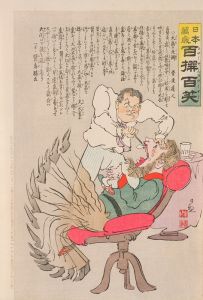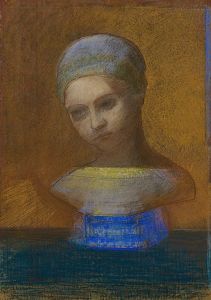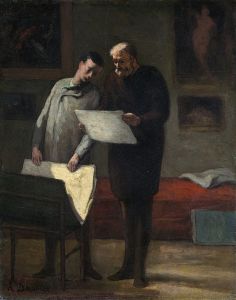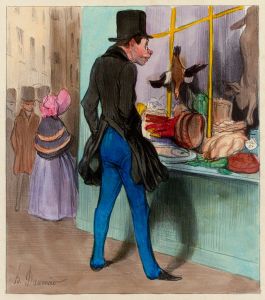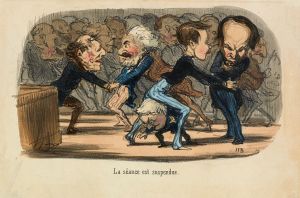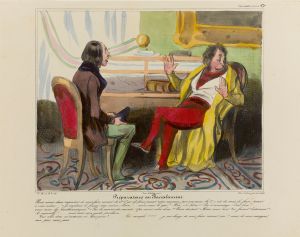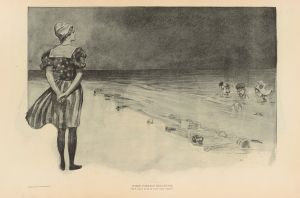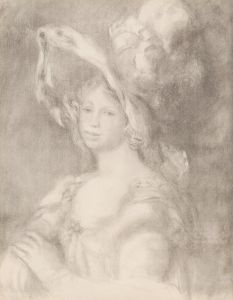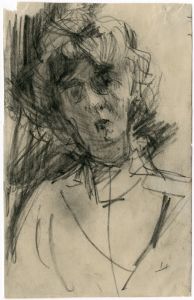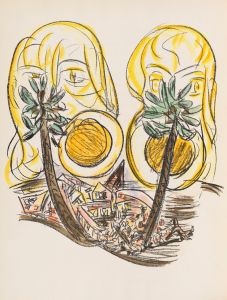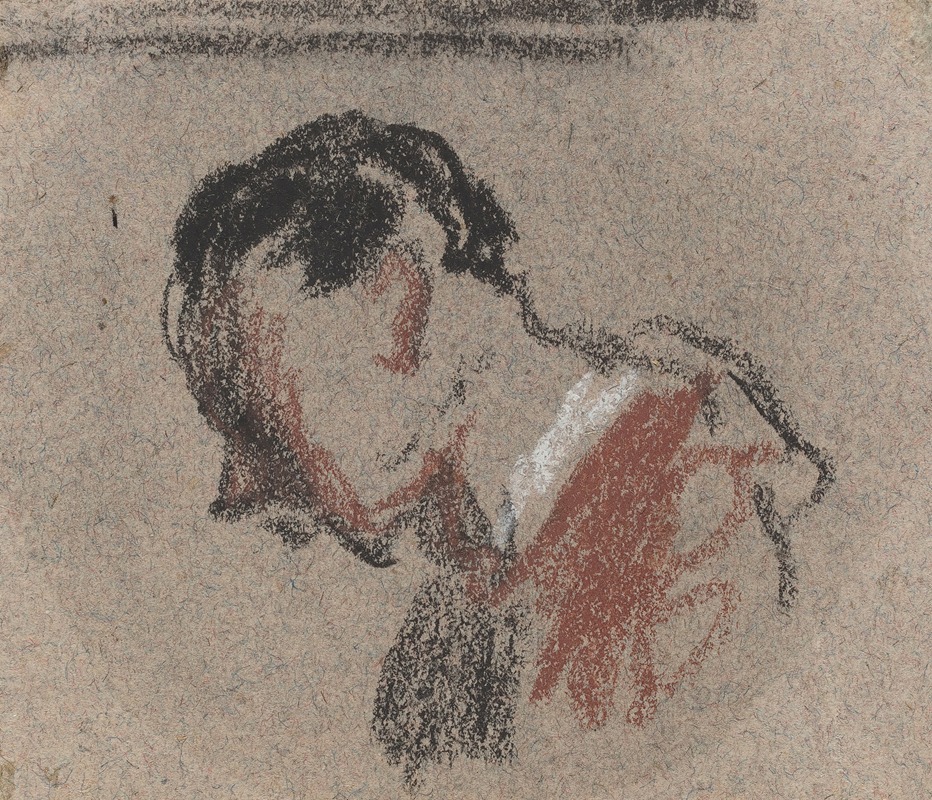
Head of a Man II
A hand-painted replica of Honoré Daumier’s masterpiece Head of a Man II, meticulously crafted by professional artists to capture the true essence of the original. Each piece is created with museum-quality canvas and rare mineral pigments, carefully painted by experienced artists with delicate brushstrokes and rich, layered colors to perfectly recreate the texture of the original artwork. Unlike machine-printed reproductions, this hand-painted version brings the painting to life, infused with the artist’s emotions and skill in every stroke. Whether for personal collection or home decoration, it instantly elevates the artistic atmosphere of any space.
Honoré Daumier was a prominent French artist known for his satirical caricatures, paintings, and sculptures. Among his works is "Head of a Man II," a piece that exemplifies Daumier's skill in capturing human expression and character. Although specific details about "Head of a Man II" are limited, it is part of a series of works where Daumier focused on the human face, exploring the nuances of expression and personality.
Daumier was born in Marseille, France, in 1808 and moved to Paris with his family in 1816. He initially worked as a lithographer, a medium that allowed him to produce a large number of prints and reach a wide audience. His work often contained sharp social and political commentary, which made him a significant figure in the art world of 19th-century France. Daumier's caricatures were published in various newspapers and journals, where he critiqued the political figures and social issues of his time.
"Head of a Man II" is part of Daumier's exploration into the human condition, a theme that permeates much of his work. While Daumier is best known for his lithographs, he also produced a number of paintings and sculptures. His paintings, including "Head of a Man II," are characterized by their expressive brushwork and keen observation of human emotion. Daumier's ability to convey complex emotions through simple compositions is a testament to his understanding of human nature and his technical skill as an artist.
The painting likely reflects Daumier's interest in physiognomy, the study of facial features and their relation to character. This interest is evident in many of his works, where he often exaggerated facial features to emphasize certain traits or emotions. "Head of a Man II" would have been part of this broader exploration, focusing on the subtleties of expression that define individual identity.
Daumier's work was not widely recognized during his lifetime, as he lived in relative poverty and obscurity. However, his contributions to art have been increasingly appreciated posthumously. Today, Daumier is regarded as a pioneer of modern caricature and a master of capturing the essence of his subjects with both humor and empathy.
The exact date of creation for "Head of a Man II" is not well-documented, but it fits within the broader context of Daumier's career, which spanned from the 1830s to the 1870s. His work during this period reflects the political and social upheavals of France, including the July Monarchy, the 1848 Revolution, and the rise of the Second Empire.
"Head of a Man II" is an example of Daumier's ability to transcend the specificities of his time and create works that speak to universal aspects of the human experience. His focus on the human face as a site of expression and identity continues to resonate with audiences today, highlighting the timeless nature of his art.
In summary, while specific information about "Head of a Man II" is limited, it is representative of Honoré Daumier's broader artistic endeavors. Through his exploration of human expression and character, Daumier has left a lasting impact on the art world, influencing generations of artists who followed.





